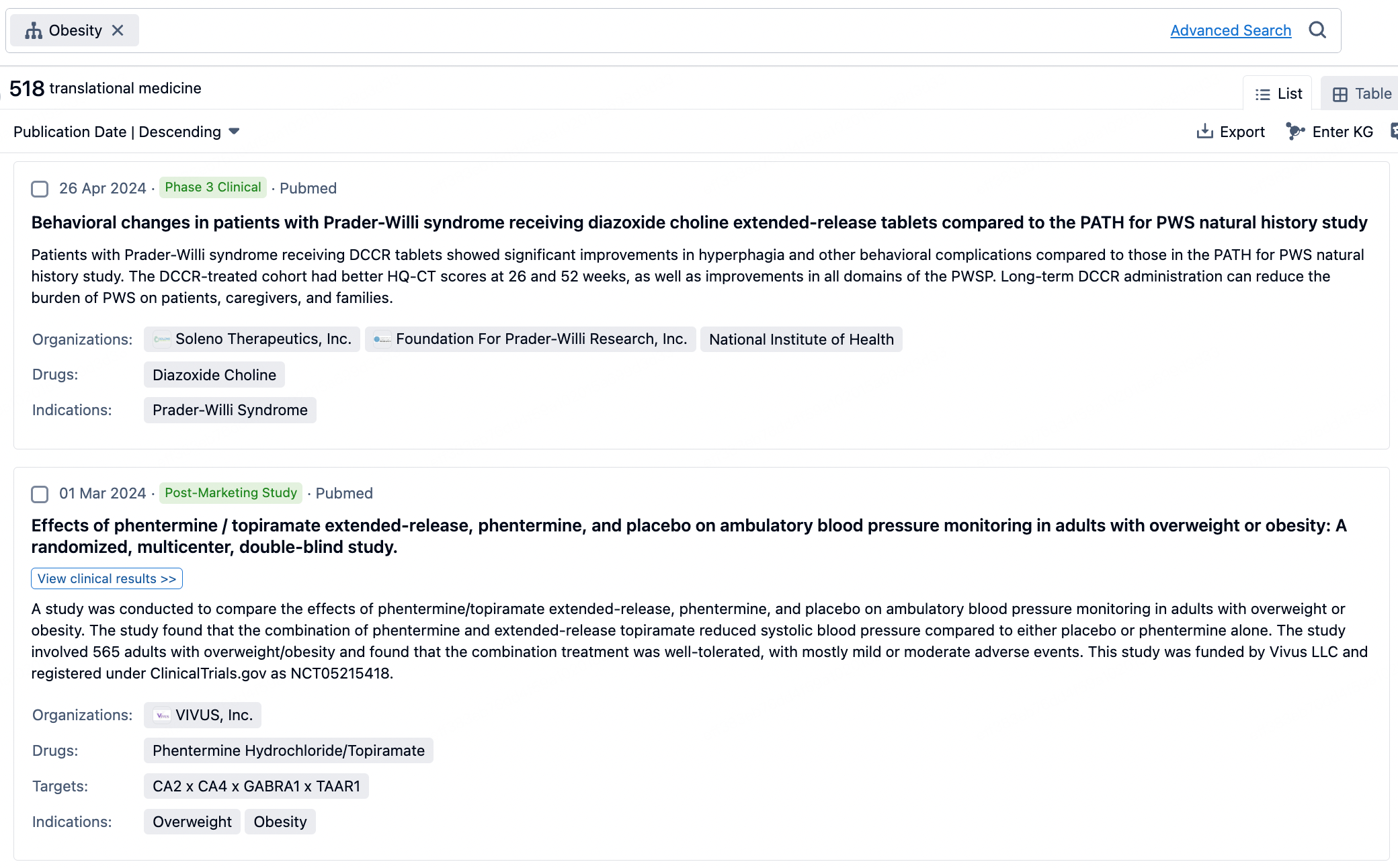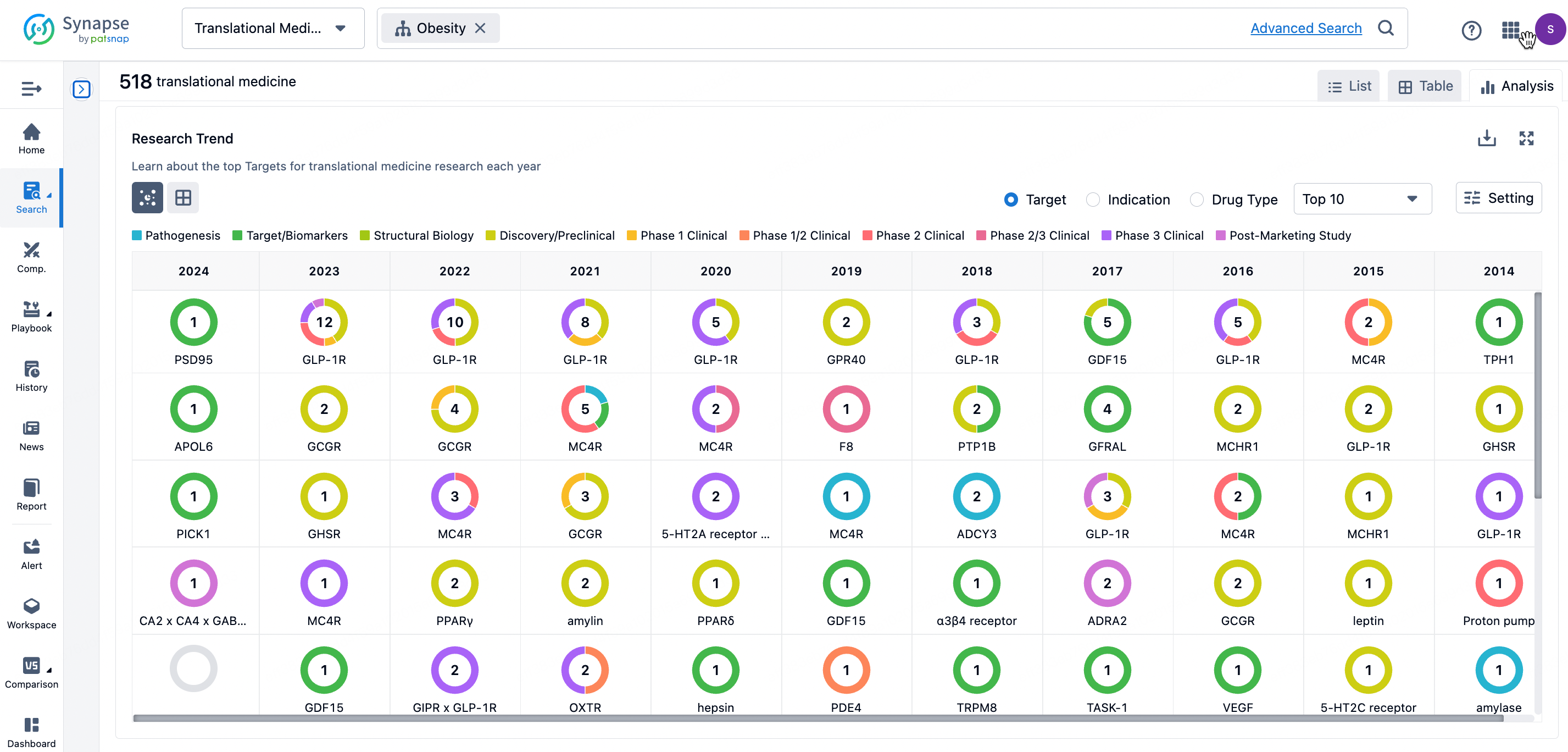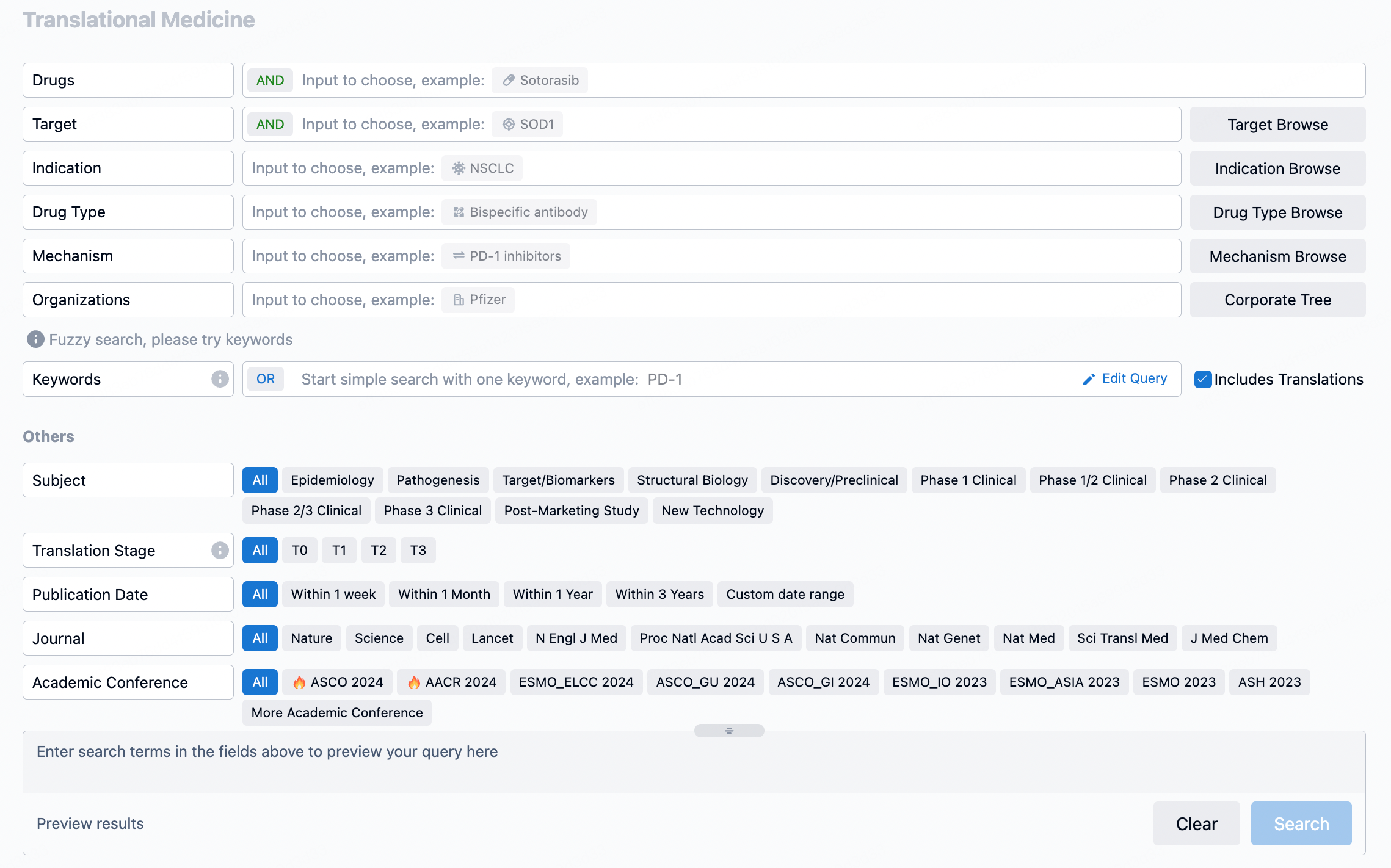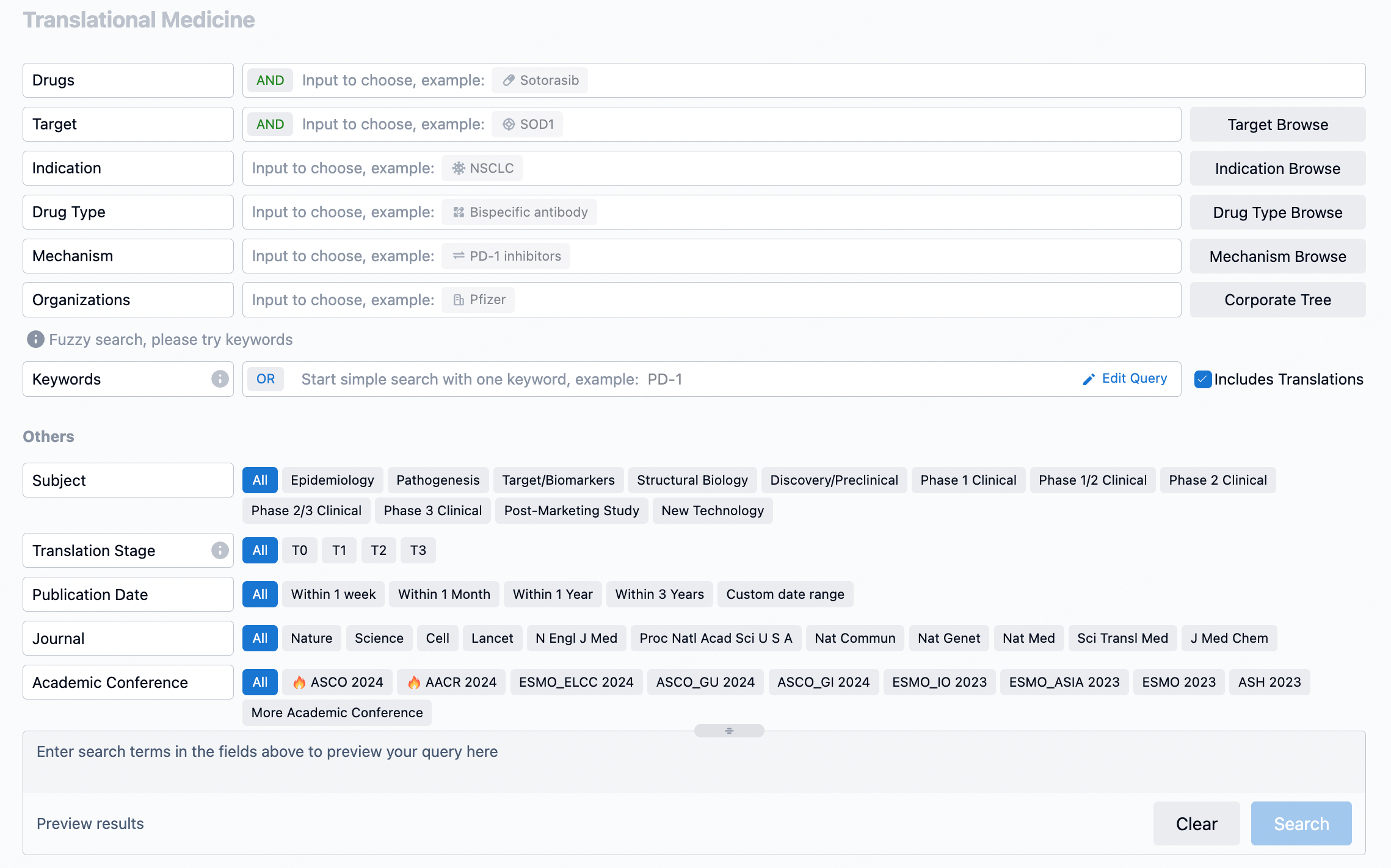Targeting Menin-MLL1 Interaction with VTP50469: A Potential Therapeutic Approach for MLL-Rearranged and NPM1-Mutant Leukemias
Further optimization led to the development of VTP-50469, which retained the high sensitivity and potency of its predecessor but with improved oral bioavailability. This compound also induced a substantial reduction in menin chromatin occupancy and the expression of MLL-fusion target genes in treated cells.
In vivo studies using human patient-derived xenograft (PDX) models showed that treatment with VTP-49477 or VTP-50469 resulted in a significant decrease in leukemia burden in MLL-rearranged B-ALL and AML, as well as NPM1-mutant AML. Notably, oral dosing with VTP-50469 formulated in mouse chow led to dramatic reductions in human leukemia cells in peripheral blood, spleen, and bone marrow, with no observed toxicity or weight loss.
The study concludes that VTP-50469, by inhibiting the menin-MLL1 interaction, could be an effective treatment for up to 40% of human AML cases and most infant leukemias, offering a potentially beneficial strategy for these patient populations.
The research was presented by Andrei V. Krivtsov, Benjamin K. Eschle, and colleagues at the American Association for Cancer Research Annual Meeting in 2018.
How to Use Synapse Database to Search and Analyze Translational Medicine Data?
The transational medicine section of the Synapse database supports searches based on fields such as drug, target, and indication, covering the T0-T3 stages of translation. Additionally, it offers a historical conference search function as well as filtering options, view modes, translation services, and highlights summaries, providing you with a unique search experience.
Taking obesity as an example, select "obesity" under the indication category and click search to enter the Translational Medicine results list page. By clicking on the title, you can directly navigate to the original page.

By clicking the analysis button, you can observe that GLP-1R treatment for obesity has gained significant attention over the past three years, with preclinical research still ongoing in 2023. Additionally, there are emerging potential targets, such as GDF15, among others.

Click on the image below to go directly to the Translational Medicine search interface.

